Spice Up Your Life: 7 Sizzling Food Mexico Facts You Probably Didn’t Know
Mexican food. Tacos, nachos, guac… right? But hold your horses (or should we say caballo?), because there’s a whole lot more to Mexico’s culinary spice game than meets the eye. From ancient Aztec secrets to modern-day mole magic, here are 7 food Mexico facts that’ll turn up the heat on your next dinner conversation — and maybe even your taste buds.
Table of Contents
- 1. The Aztecs Were the OG Taco Influencers
- 2. Chocolate Was Once Currency — And Spice?
- 3. Chili Peppers Aren’t Mexican... But They Sure Stole Their Hearts
- 4. Mole Is Like a Spice Symphony — With 30+ Ingredients
- 5. Cinnamon in Mexico Isn’t What You Think
- 6. Vanilla Came from Mexico — And It’s Still the Best
- 7. Nixtamalization: The Ancient Corn Hack That Changed Everything
1. The Aztecs Were the OG Taco Influencers
If you’ve ever eaten a taco out of a hard shell while watching Netflix, thank the Aztecs. Well, kind of. Long before Doritos Locos hit the scene, these ancient foodies were wrapping fillings in soft corn tortillas made with a mix of maize and local spices like chili, salt, and sometimes even flowers.
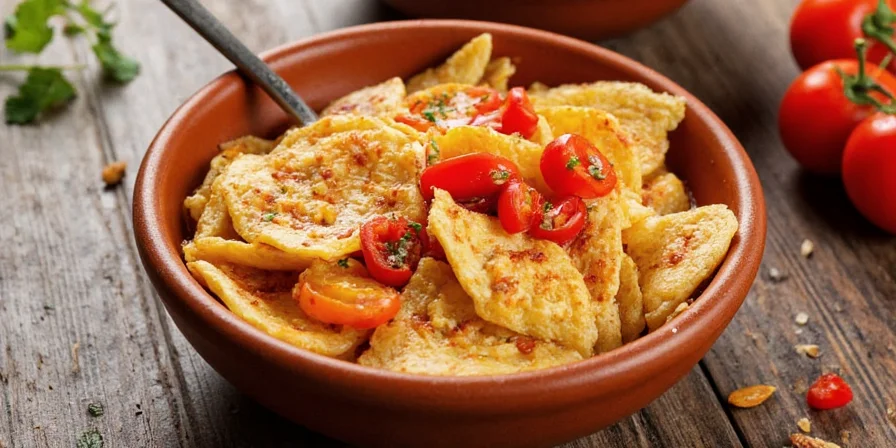
They didn’t have cheese or beef back then — but they had beans, insects, and tomatoes galore. So, the next time someone says tacos aren’t healthy, remind them it started as a high-protein, low-carb, spicy power meal.
2. Chocolate Was Once Currency — And Spice?
Yes, chocolate! Before it was melting hearts and baking brownies, cacao was used by the Maya and Aztecs as currency — and also as a spiced drink. Imagine sipping a frothy cup of cacao mixed with chili powder, vanilla, and honey. Sounds wild? That’s because it was.
| Ingredient | Purpose |
|---|---|
| Cacao Beans | Currency + Beverage Base |
| Chili Powder | Added Heat and Flavor |
| Honey | Natural Sweetener |
| Vanilla | Aroma Enhancer |
This spicy chocolate elixir wasn't just a pick-me-up; it was believed to boost energy and even offer spiritual protection. Talk about a power smoothie!
3. Chili Peppers Aren’t Mexican... But They Sure Stole Their Hearts
While chilies originated in Central or South America, Mexico took them and ran — all the way to the flavor bank. Today, Mexico cultivates over 60 different types of chili peppers, each with its own unique heat level and spice profile.
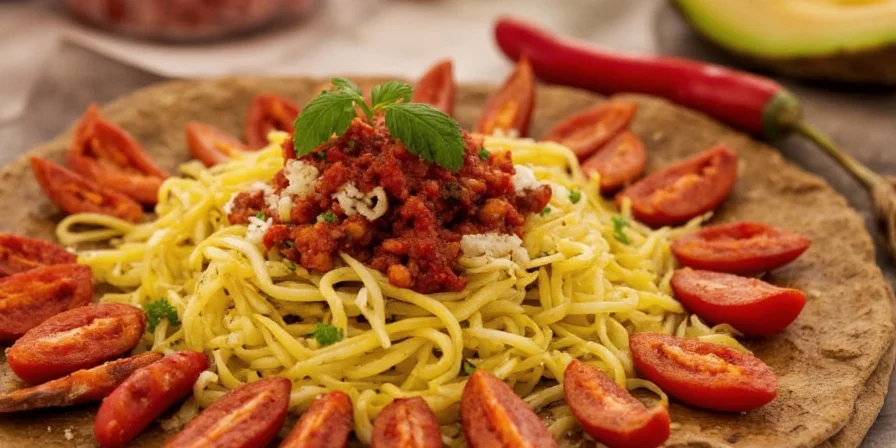
- Jalapeño: Mild with a bit of kick (5,000 SHU)
- Serrano: Hotter cousin of jalapeño (~10,000–23,000 SHU)
- Chiltepín: Mexico’s only native wild chili (~50,000–60,000 SHU)
- Habanero: Super-hot and fruity (100,000–350,000 SHU)
Pro Tip: Roasting chilies brings out their natural smokiness and enhances their aroma. Try it yourself by placing them directly over a flame until the skin chars, then sealing them in a bag to steam for easier peeling.
4. Mole Is Like a Spice Symphony — With 30+ Ingredients
Mole is not just sauce — it's an edible masterpiece. Some traditional recipes call for up to 30 ingredients, including various chilies, nuts, seeds, spices like cinnamon and clove, and yes, even chocolate. Each ingredient plays a role in building layers of flavor that can take days to prepare.
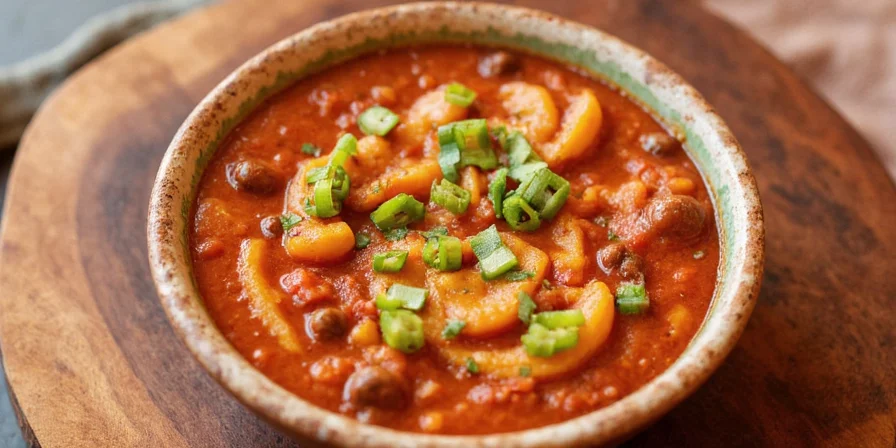
The process often involves toasting, grinding, frying, and simmering — sometimes even overnight. It’s no wonder mole is often reserved for special occasions like weddings and holidays.
5. Cinnamon in Mexico Isn’t What You Think
In most parts of the world, what you know as cinnamon comes from Sri Lanka or other tropical regions. But in Mexico, the preferred variety is called **Cassia**, which is stronger, spicier, and has a higher oil content. This robust flavor makes it perfect for both sweet and savory dishes.
| Type | Flavor Profile | Common Use in Mexico |
|---|---|---|
| Ceylon (True Cinnamon) | Delicate, sweet, floral | Limited use, mostly imported |
| Cassia | Strong, spicy, earthy | Hot chocolate, pastries, sauces |
Next time you sip Mexican hot chocolate, remember: that bold warmth isn’t just sugar talking — it’s Cassia doing its thing.
6. Vanilla Came from Mexico — And It’s Still the Best
Vanilla may be used worldwide today, but its roots trace back to Mexico — specifically the Totonac people, who first cultivated it. It wasn’t until Spanish explorers brought it to Europe that the rest of the world got hooked.
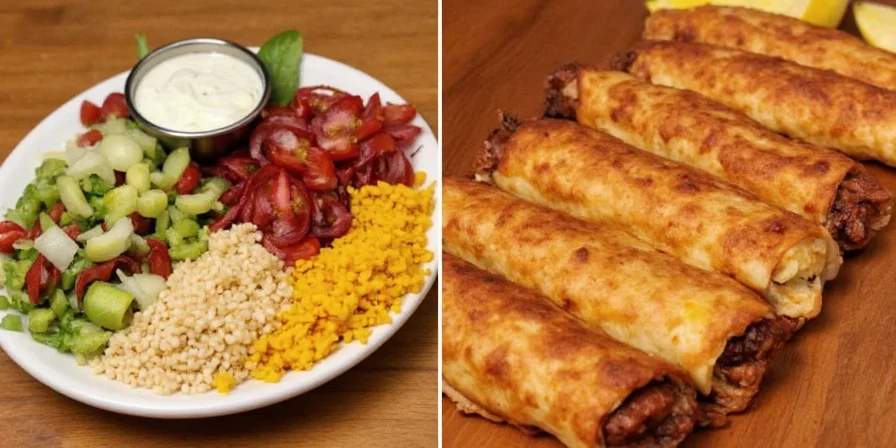
Mexican vanilla is still considered some of the best due to its rich, creamy flavor and natural curing process. Fun fact: Real vanilla takes months to develop its signature scent — so it’s definitely worth splurging on the pure stuff rather than imitation.
7. Nixtamalization: The Ancient Corn Hack That Changed Everything
You might not recognize the word, but if you’ve ever enjoyed fresh corn tortillas or tamales, you’ve tasted the result of nixtamalization. This ancient process involves soaking corn kernels in limewater, which removes the hulls and unlocks nutrients like niacin (vitamin B3).
Without this technique, civilizations like the Maya and Aztecs wouldn’t have thrived — and we’d probably still be eating sad corn porridge instead of delicious tacos.
- Benefits: Increases calcium, improves texture, boosts flavor
- How To Try It: Buy dried corn and slaked lime (calcium hydroxide), soak overnight, rinse thoroughly, grind into masa, and make homemade tortillas!
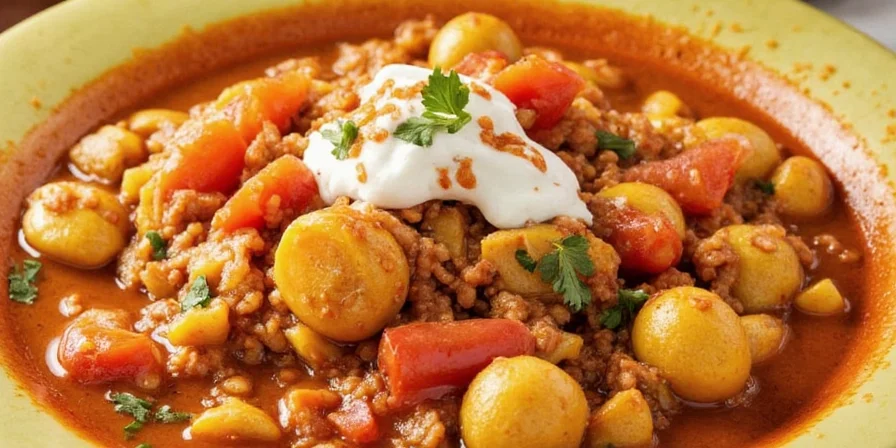
Conclusion: More Than Just Spice — A Cultural Legacy
Mexican cuisine isn’t just about the food; it’s a celebration of history, science, and culture — all packed into one flavorful bite. From ancient spice rituals to modern-day kitchen hacks, the flavors of Mexico tell stories older than most countries.
So next time you reach for that sprinkle of chili powder or smear of mole, remember: you’re not just adding spice — you’re tapping into a global spice tradition that’s been centuries in the making.
¡Buen provecho!

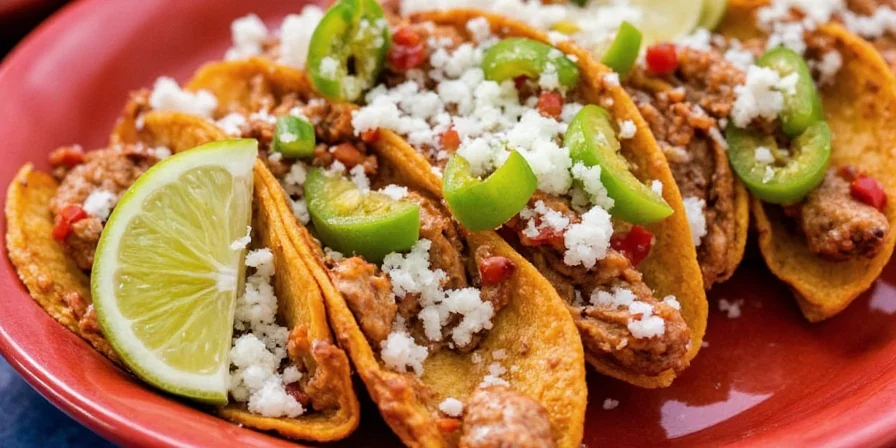









 浙公网安备
33010002000092号
浙公网安备
33010002000092号 浙B2-20120091-4
浙B2-20120091-4